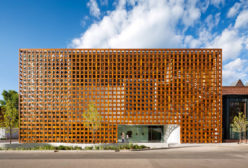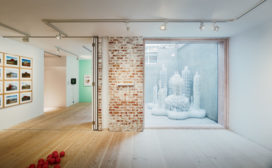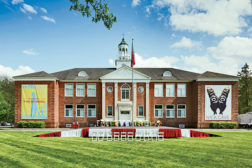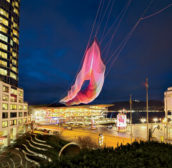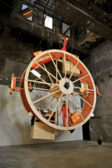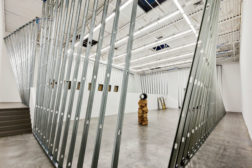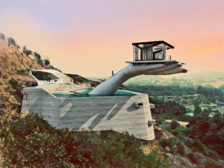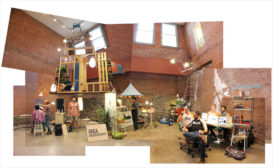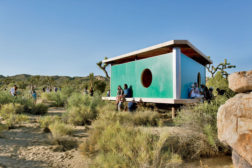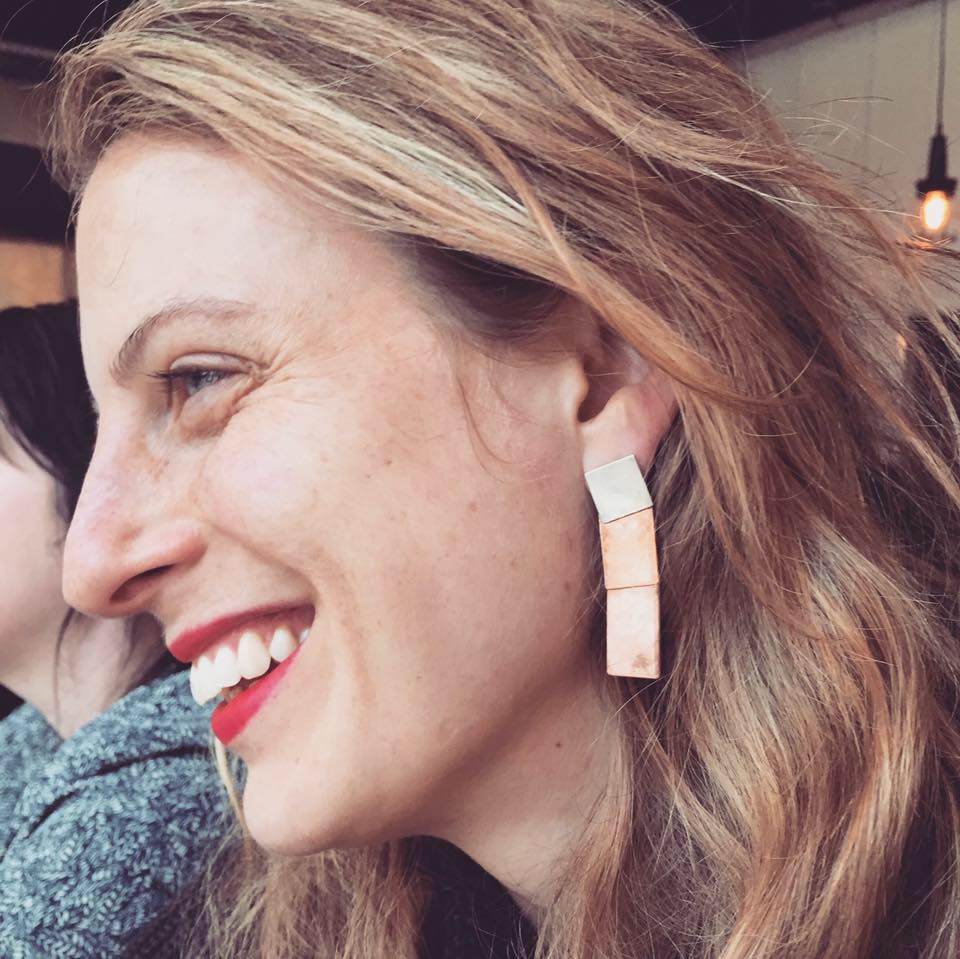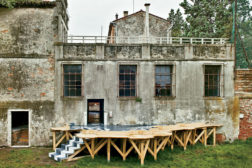Projects
Delfina Foundation
Artists Colony: A foundation offers food, shelter, and work space in two conjoined townhouses, fostering a kind of think tank for artists.
Read More
The Engineering of Art
Artists who use public space as their canvas often depend on structural experts to help them realize their visions.
Read More
Copyright ©2024. All Rights Reserved BNP Media.
Design, CMS, Hosting & Web Development :: ePublishing
